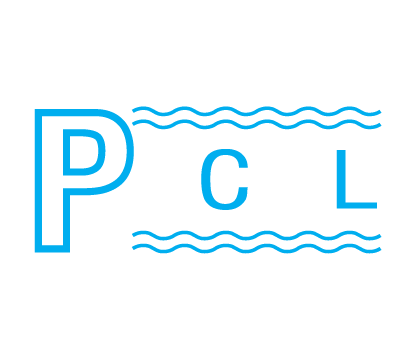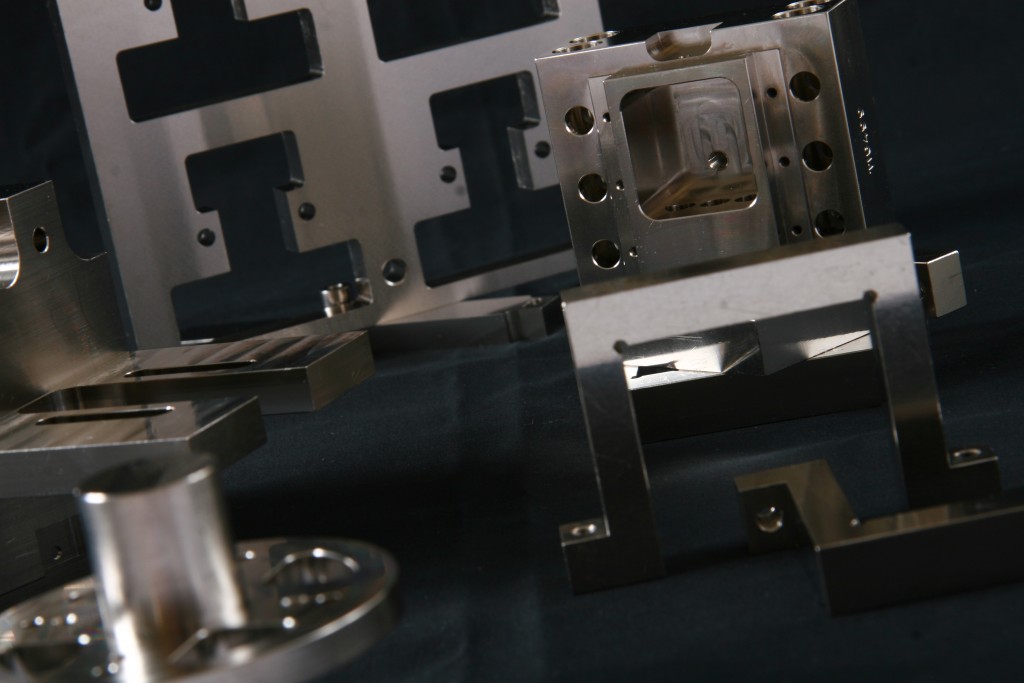
“EN plating is a chemical process that involves several simultaneous reactions in an aqueous solution, which” occur without the use of external electrical power. The reaction is accomplished when hydrogen is released by “a reducing agent (normally sodium hypophosphite), and oxidized thus producing a negative charge on the surface” of the part. The charge causes a layer of nickel and phosphorus to form and this continues until the part is removed “from the solution. Since the plating process requires no electrical current, the coating produced is a very uniform” structure that cap be applied over various metals and substrates..
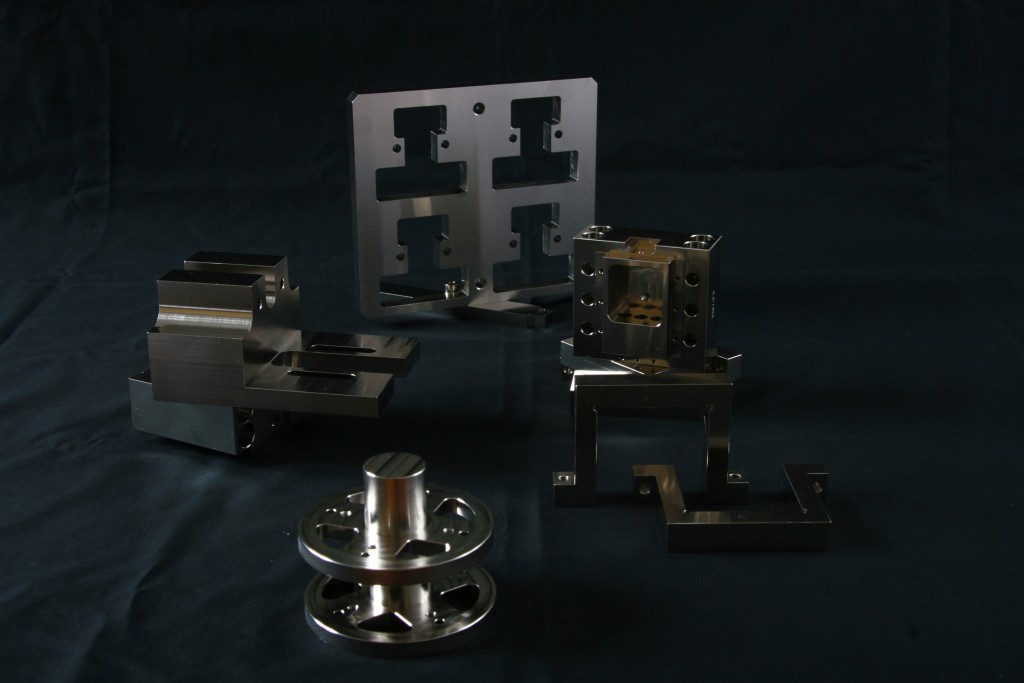

There are many different types of EN coatings and processes available to meet a wide range of unique applications. Physical and mechanical properties vary considerably from one EN process to another depending on the phosphorus “content, the formulation of the bath and both the pre-plate and post-plate treatments, yet all the EN coatings offer” excellent deposit uniformity and superior corrosion protection.
ANY SIZE…ANY QUANTITY Other advantages of Electroless Nickel Include: Lubricity- it is able to slide over other metal surfaces without galling. Hardness – there are various types of solutions giving a variety of as plated hardnesses. Heat treatment incrrases the hardness to a maximum of approx. 70 Rockwell C Corrosion Resistance – dependant upon solution used (Neutral Salt Spray @ 25 um) 96 hours N.S.S. medium/low phosphorous content as plated 1000 hours N.S.S. high phosphorous content as plated 96 hours N.S.S. for all after heat treatment Resistant to a wide range of chemicals Abrasion Resistance – food to excellent dependent upon solution used and hardening Mould Release – a good non-stick surface in many applications Additives – such as Teflon or Silicon Carbide can be included into the deposit to further increase the properties such as lubricity and wear resistance Stainless Steel Alternative – parts can be manufactured from Mild Steel and coated with electroless nickel to provide similar performance to stainless steel at a much lower cost.
Electroless Nickel Processes
Applications for Electroless Nickel
The hardness and corrosion resistance of electroless nickel is a key factor in many successful applications.
“These coatings are used for a variety of applications including electrical connectors, microwave housings, valves and” “pump bodies, printer shafts, hard drive computer components and more. These unique coatings are applied to impart” “corrosion protection, wear resistance, to provide solderability, to provide a non-porous barrier layer, or otherwise ” enhance the performance or useful life of a particular component.
“Electroless nickel is used to coat components made of steel, stainless steel, aluminum, copper, brass, magnesium and” “a number of non-conductive materials. They are used in such diverse industries such as the automotive industry, ” “chemical process industry, the oil and gas industry, the aerospace industry and the electronics industry.”
Certain electroless coatings have USDA approval for use in food process applications such as evaporators for ice cube machines and packaging equipment for the food industry.
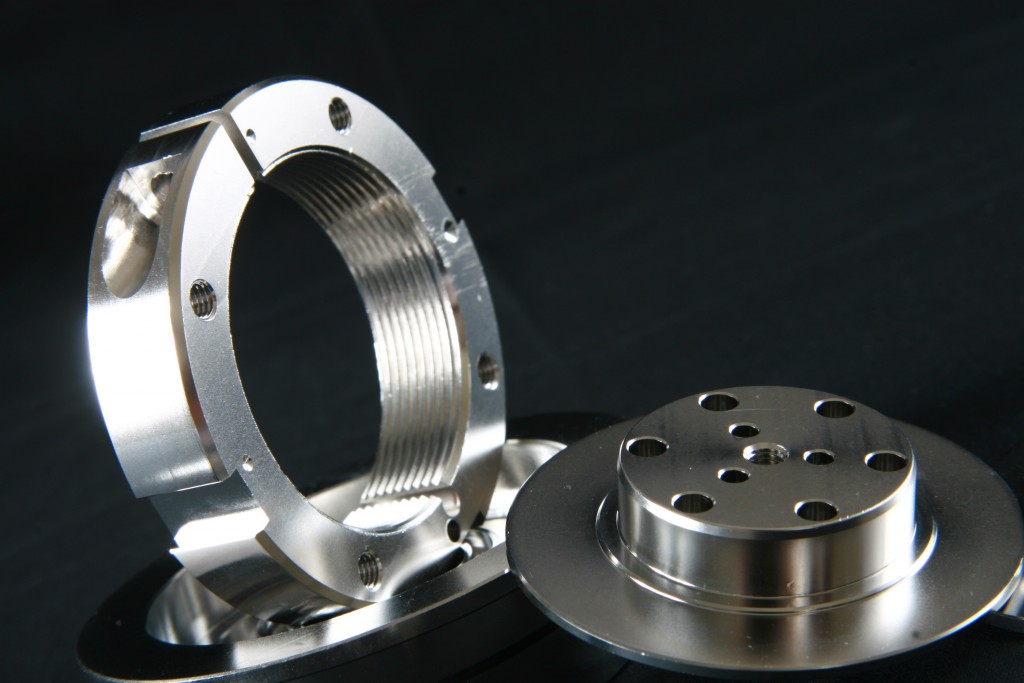
Similar Projects
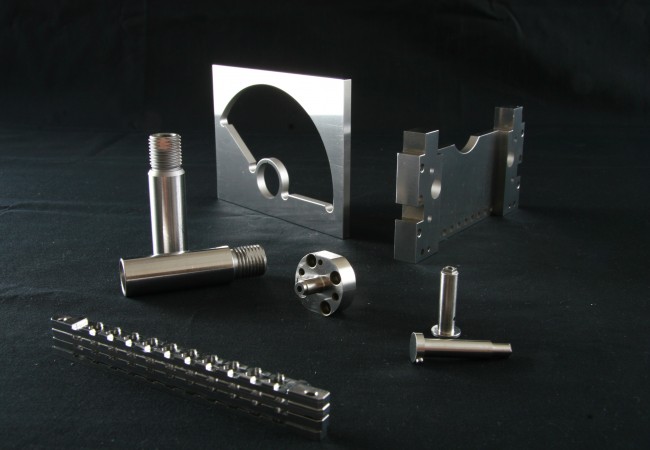 Passiviation
Passiviation
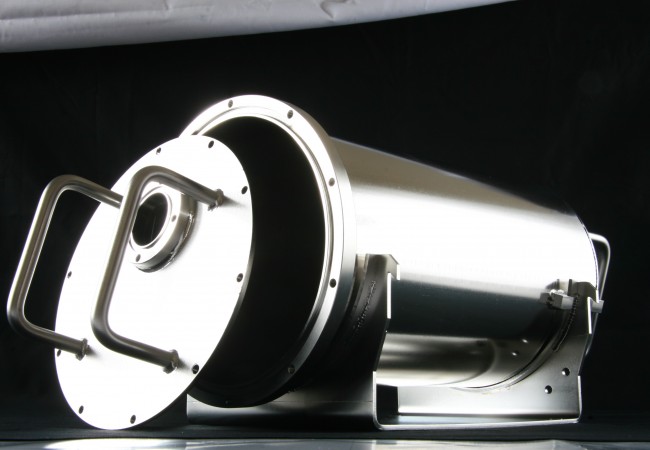 Electropolishing
Electropolishing
